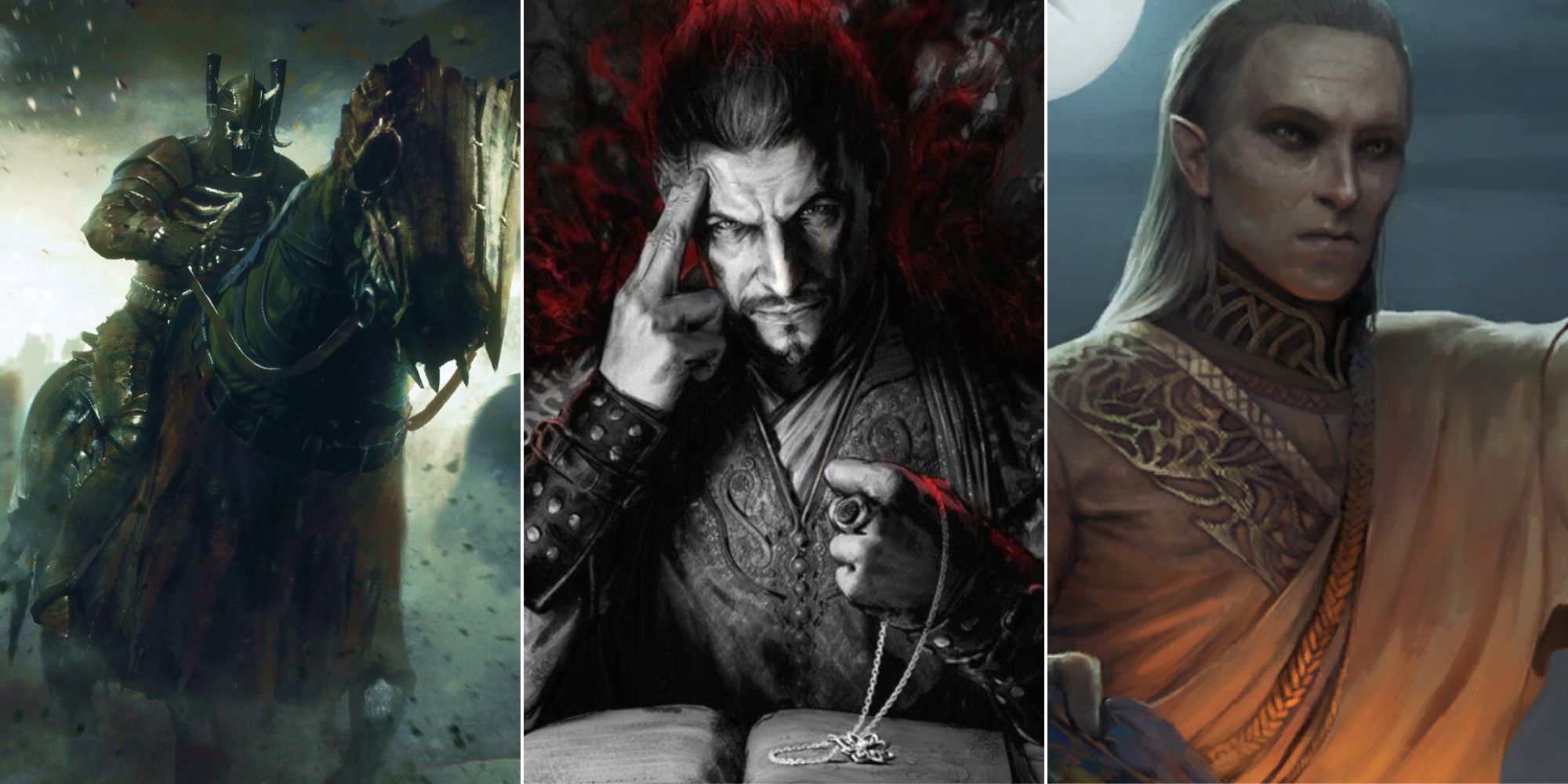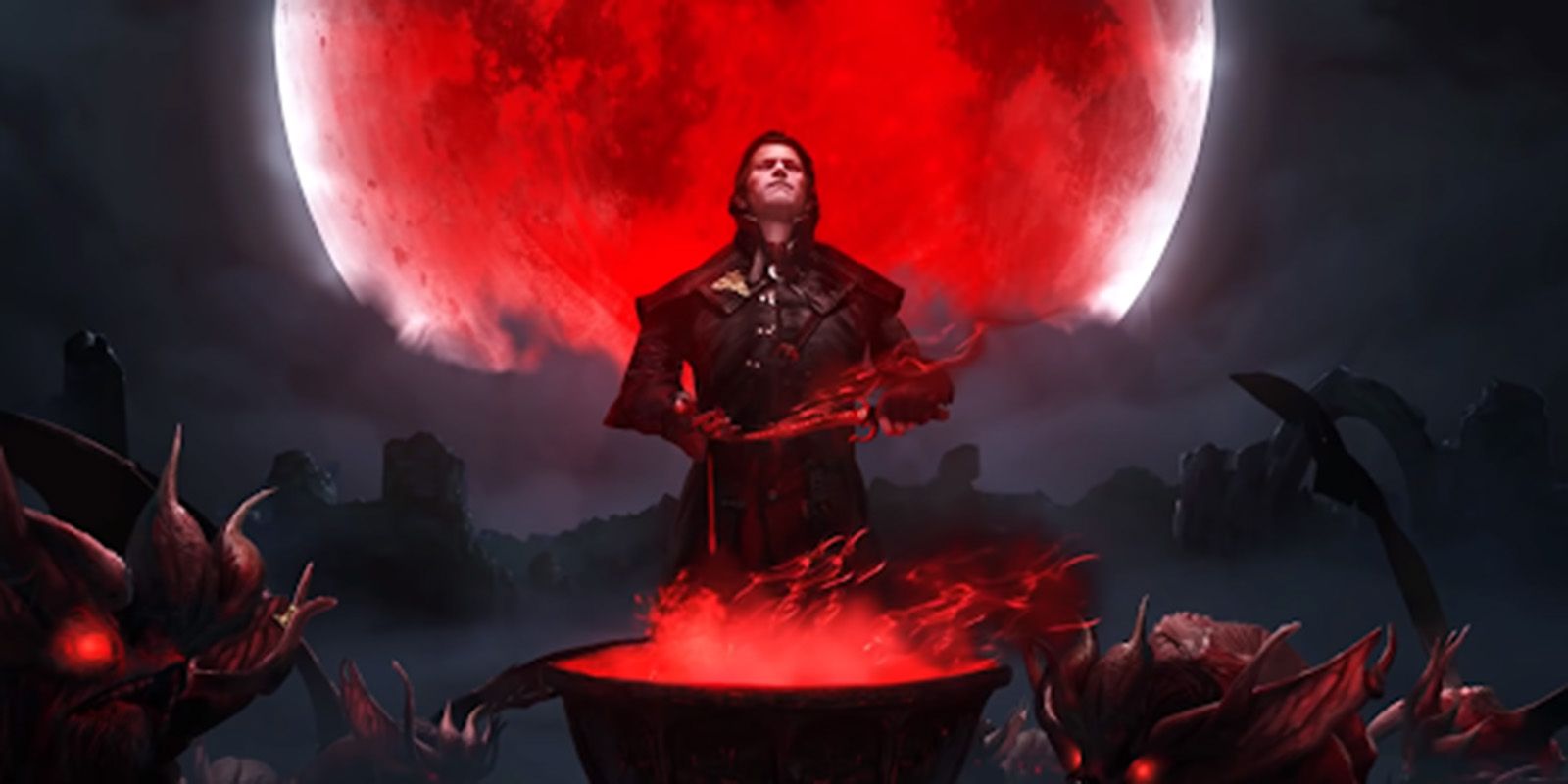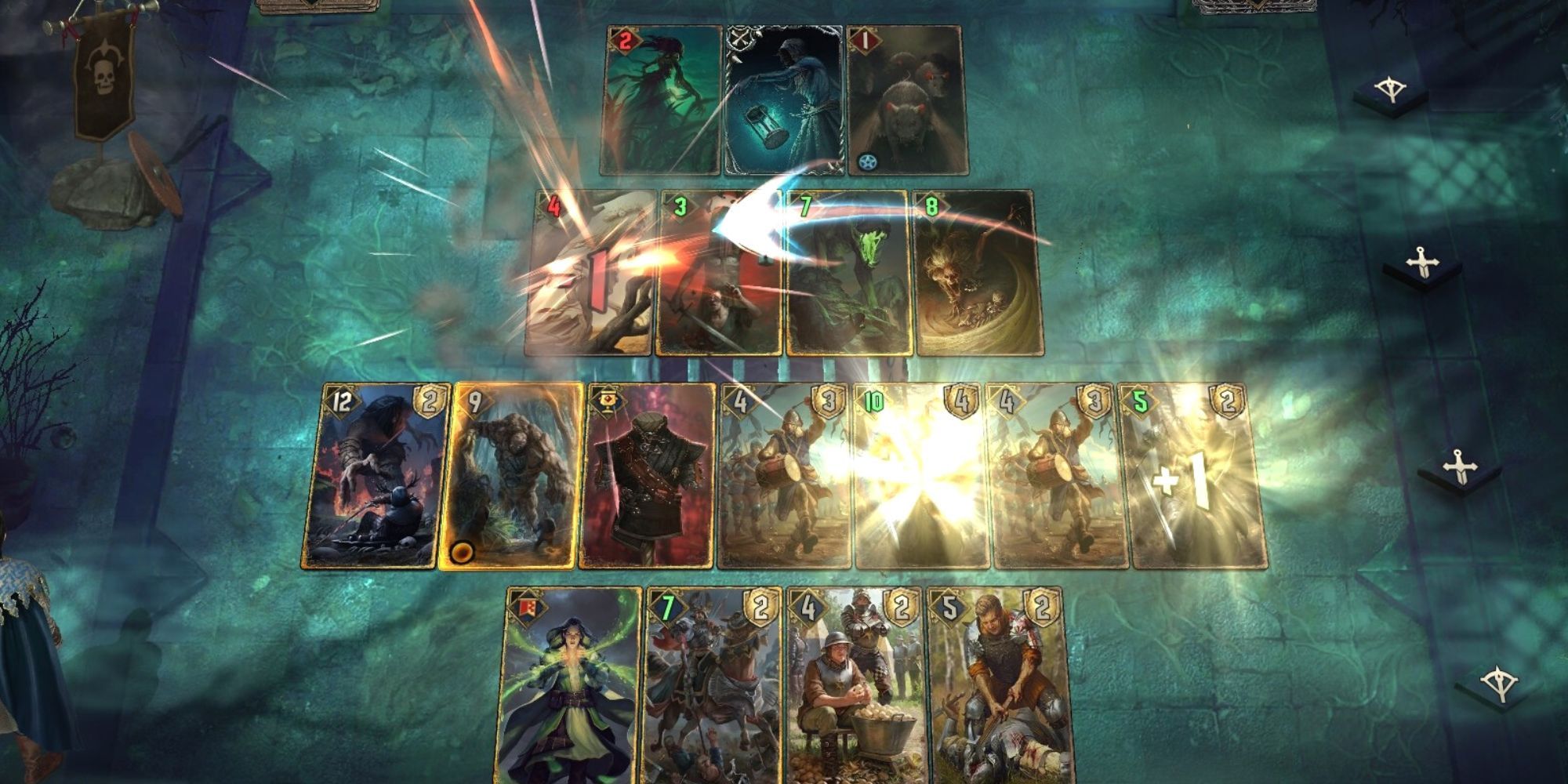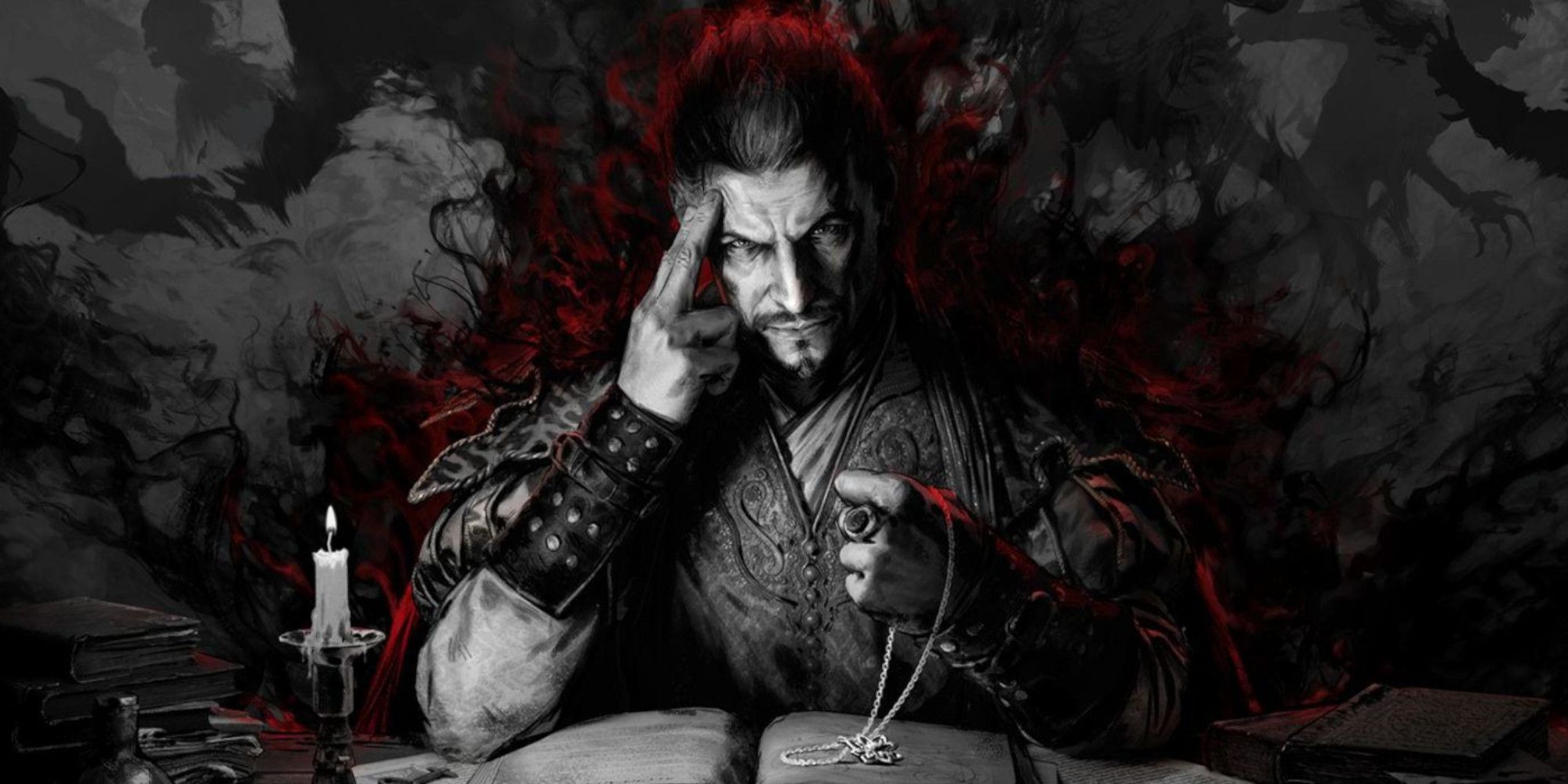In early 2022, CD Projekt Red announced to be working on a single-player expansion for free-to-play Gwent under the working title of Project Golden Nekker. This expansion launched rather unexpectedly on July 7, 2022, in the form of Gwent Rogue Mage. Just like the card game it's based on, Rogue Mage brings forth The Witcher characters, integrating their abilities into the cards you play. You begin the game with the Bulwark deck, unlocking different decks as you progress through each map.
There are, however, differences between how Gwent plays in this game, meaning even The Witcher aficionados will need some pointers before heading in.
6 Every Game Is One Round
Unlike Gwent in The Witcher 3, where each match follows a three-round format, Gwent in Rogue Mage takes place in one round. This vastly changes the way you'll need to play, removing much tactfulness and instead opting to simply place your most powerful cards down at the right time. If you fail to amass enough points in this sole round, that's it; the match is over. You don't get a second chance.
This change isn't inherently poor but will require you to rethink how you play the game, as it's much more about accumulating the highest score than utilizing trickery to beat the opponent.
5 Deck Building Is RNG Based
There are four decks to unlock in-game - the starter deck, Bulwark, and the unlockable ones later down the line; Savage Fury, Hive Mind, and Chaos. Each of these follows a specific style of play, but to obtain your ideal picks for these decks, you'll need luck and a lot of patience. You see, you can't actually alter your loadout as you see fit and instead have to wait for the end of a battle to either add or remove a card or head to one of the events on the map to switch around your cards.
There isn't a clear-cut way to enter a menu and choose which cards will be in your deck, meaning you can play a run with the best cards in the game and begin another with essentially useless ones. It's all in the RNG.
4 There's A Permadeath Mechanic
The most notable of the roguelike elements seen in the game is permadeath, which occurs every time you lose a match. As mentioned prior, this is bound to happen at least once or twice as luck and the strength of your cards play a vital role in your survival. It isn't apparent that permadeath exists until you encounter it yourself, so don't be too worried about seeing all the game has to offer.
Instead, focus on reaching the end of a map as safely as possible, at least during your initial run-through. This will make it easier to bear when you lose a match while also teaching you the ropes of its gameplay.
3 The Story Takes A Backseat
Regardless of the medium, the narrative has always been at the center of every Witcher tale. So deciding to push the story aside and shift the focus to combat was an unexpected move. A lengthy story for a card game might not be the most common of things, but it was one of the reasons Thronebreaker managed to stand out. For Rogue Mage, however, don't be expecting an experience that is equal portions narrative and gameplay.
The overall premise follows Alzur and his companion Lylianna as they investigate mutagens (which would be used to create Witchers), but these moments are spread thinly through the game.
2 You'll Be Short On Energy Often
The character you play is named Alzur, who happens to be a mage. This means, unlike Geralt, who is restrained to simple magic signs in The Witcher 3, you can use more complex magic to your advantage. These spells cost energy to cast, and energy is refilled at places of power. You can also upgrade cards at these power points but doing so is like sentencing Alzur to death.
Spells aren't just something to use sporadically, such as when the match is close to a tie. They're something you'll constantly be using. This is why it's crucial to top up on energy continuously. Refraining from doing so will only increase your opponent's chances of significantly overpowering you, costing you the run.
1 Your Starting Deck Is The Best One
The further you advance, the better your rewards become; that's how video game progression works. You'd likely think this follows through to newer decks being the superior ones, but it doesn't, as the best you can use is the one you have from the offset.
Using a mixture of the decks by switching them out between battles is one way to keep matches fresh, but will put you at a significant firepower disadvantage. Your starting deck, the Bulwark, has the best mix of defensive, offensive, and stacking bonuses, with many of the cards increasing points at the end of your turn.







